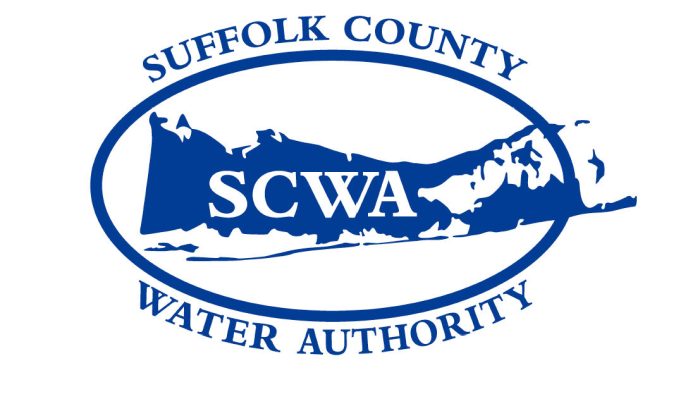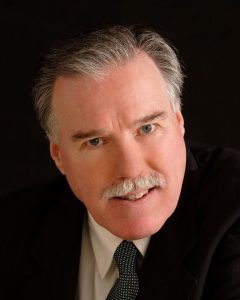By Anisha Makovicky
America is the land of opportunities they say, we just have to work hard and we can succeed. As a high school student, I have watched the current administration strip students such as myself of the opportunities that will allow us to build a successful future. The current funding cuts do not impact just science research but also education. According to a report published by Education Week in May 2025, the National Science Foundation, under the Trump administration, canceled over 400 grants for STEM education.
The administration has even cut funding for PBS Kids, which was created to bring STEM education to children of lower class families. I can’t imagine any benefits to discouraging our future doctors, engineers, scientists and leaders from science. If high school students are not allowed to start pursuing science early, they will be set back in the future. And since one day we will all depend on this next generation of scientists, doctors and engineers, setting back high school students will set back our whole country, not just in science.
Everyone should be worried about cuts to science and education funding. These affect entire families, students and educators. Parents are worried that their children will lack future opportunities to become involved in STEM fields. High school students are primarily affected by the loss of programs and reduced chances to gain experiences to form their career ideas. Educators and teachers are not able to do their jobs and support students as they did in the past. Knowledge generated by scientists trickles down to the high school curriculum but if science is limited, there will be less knowledge passed down, meaning that future high schoolers will be at a lower standing. This domino effect will have a cascading impact on future generations.
A well rounded education is important for everyone, not just students who aspire to attend competitive colleges. As a society, we believe a high school education is crucial for making informed decisions and helping one understand the world better. This is especially relevant because for many people, a high school diploma is the highest level of education they will receive. Federally funded education programs offer different ways of learning both in and outside classrooms. Experiential learning such as hands-on curricula through internships, public education programs, museums and field trips expand upon the standard public school curricula. This is important because students learn in different ways and non-classroom learning experiences are especially beneficial for students with learning disabilities or different capacities to engage. These diverse types of opportunities are necessary to ensure every student is given a chance to succeed.
Over 50% of NSF funding cuts have been to education programs, according to the Hechinger Report. 1,400 grants have been cut, and 750 of those were to STEM education. That equates to about $775 million that could have helped students engage with STEM. The Department of Government Efficiency (DOGE) began the cuts to reduce diversity, equity, and inclusion in scientific research. While it is understandable to want our federal government to run efficiently, cutting scientific research and education will have little effect on the efficiency of our government and the lasting impacts will put our entire nation at a disadvantage. It is imperative that we protect our equal access to education in order to create a better future.
Anisha Makovicky is a student at Earl L. Vandermeulen High School.




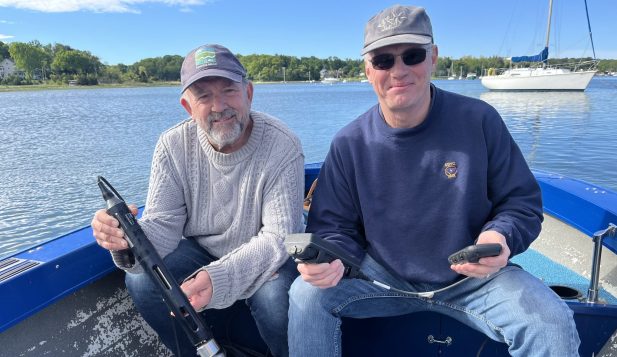
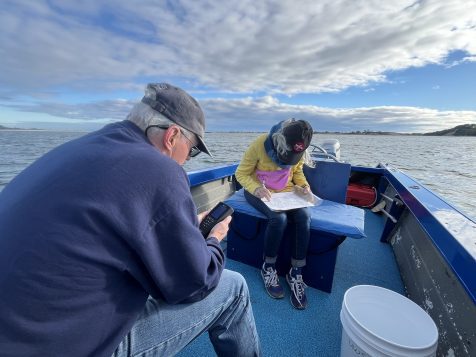



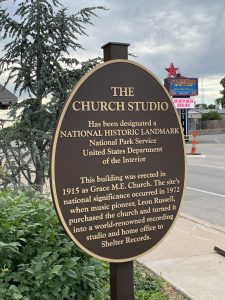
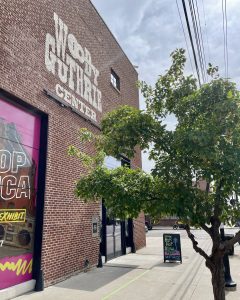
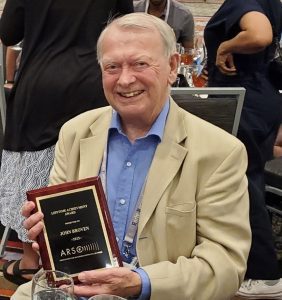

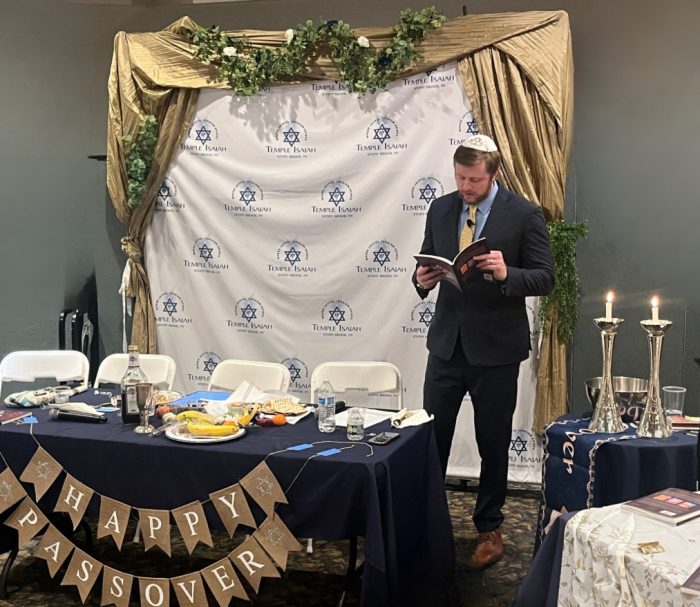


 So this year join the Sound Beach Civic Association in remembering and celebrating what we all studied as the American Revolution. Don’t just read about it — This year live it. Of course, we don’t have to ride, or drive, from Boston to Lexington, a ride that many consider the opening of the American Revolution. There’s another way: An organization, Two Lights for Tomorrow, is asking us to commemorate that famous ride and use the imagery of that shining light “Of the North Church tower” as a uniting call to action to celebrate and serve.
So this year join the Sound Beach Civic Association in remembering and celebrating what we all studied as the American Revolution. Don’t just read about it — This year live it. Of course, we don’t have to ride, or drive, from Boston to Lexington, a ride that many consider the opening of the American Revolution. There’s another way: An organization, Two Lights for Tomorrow, is asking us to commemorate that famous ride and use the imagery of that shining light “Of the North Church tower” as a uniting call to action to celebrate and serve.